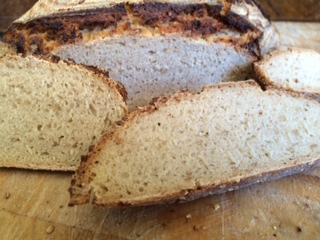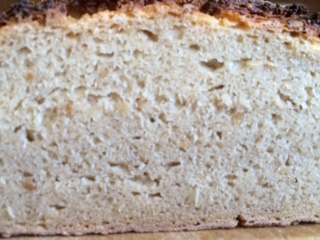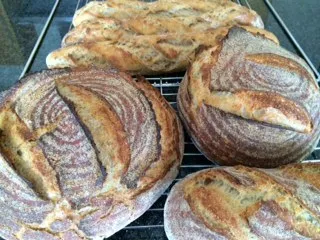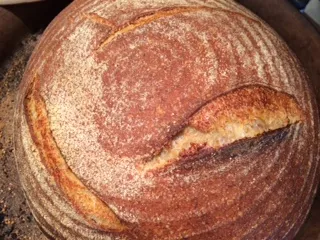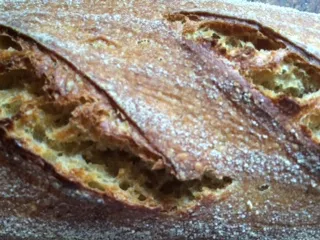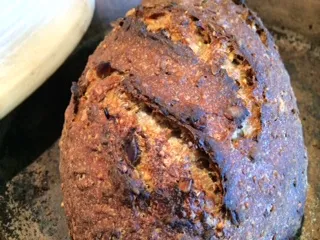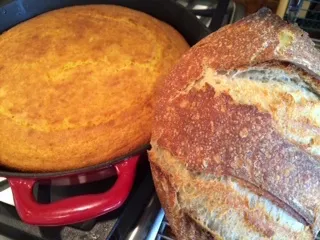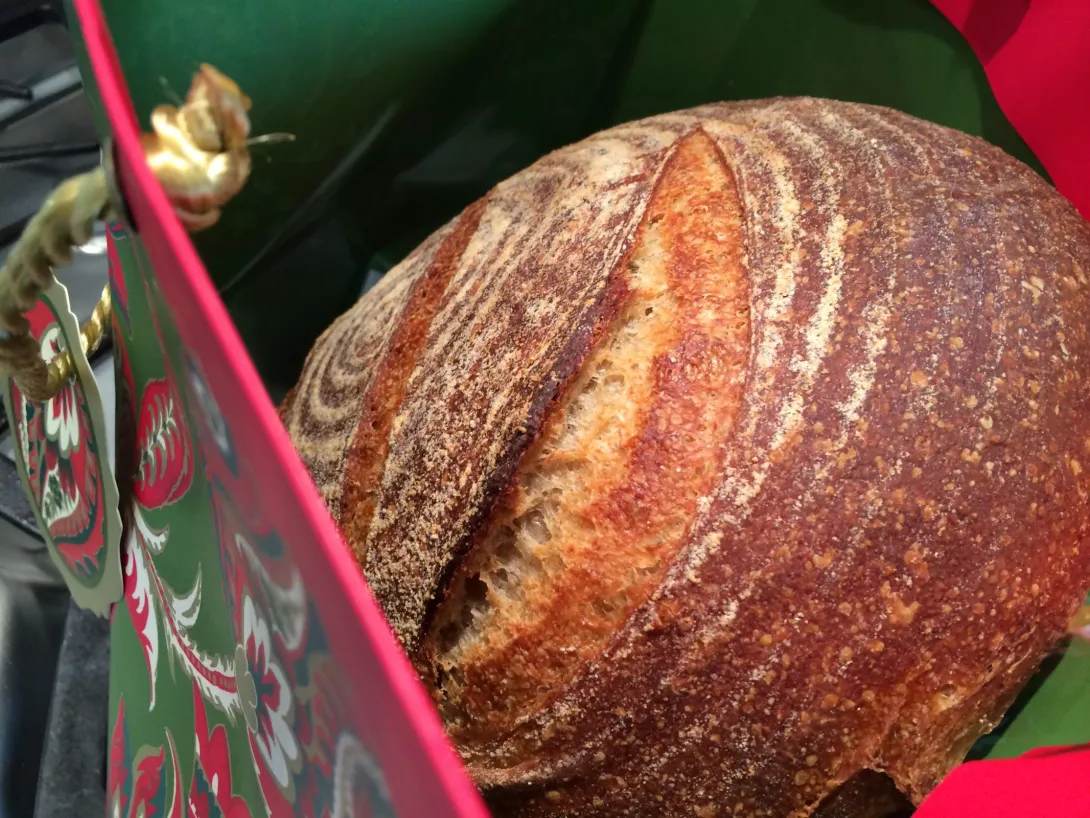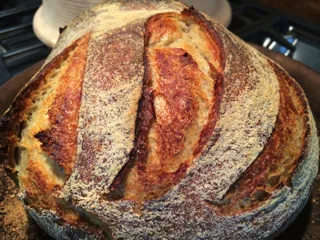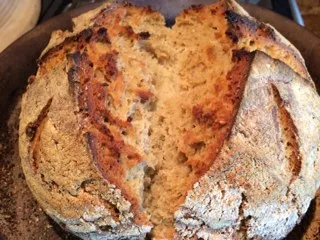Keep Trying Gluten-Free Sourdough Bakes
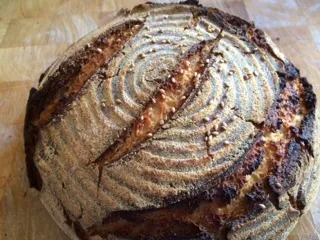
I keep trying to improve my gluten-free bakes. It is so hard to achieve anything close to my gluten loaves, but I did have some improvement on this one. I altered the recipe slightly (see below). The dough is difficult to work with and doesn't hang together too well, so you have to stick with it. It is also a very heavy loaf...very filling.
